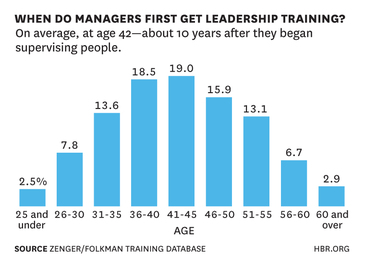
Never interrupt someone doing something you said couldn’t be done. – Amelia Earhart
This past week our nation and the world celebrated the 50th anniversary of the first moonwalk by Neil Armstrong.
Years before that historic moonwalk, President John F. Kennedy in a rousing speech at Rice University declared:
“We choose to go to the Moon in this decade and do the other things, not because they are easy, but because they are hard; because that goal will serve to organize and measure the best of our energies and skills, because that challenge is one that we are willing to accept, one we are unwilling to postpone, and one we intend to win, and the others, too.”
Kennedy’s speech at Rice on September 12, 1962, was not the first time he referenced going to the moon or rallying the nation around this ambitious goal. He had done so the year before in a speech to Congress and was a driving force behind its realization even though he would not live to see it.
But for me, the most inspiring part of the speech was not the articulation of the goal of going to the moon. It was embracing that goal and others, “not because they are easy but because they are hard”. That, to me, was the inspiring challenge of a past generation, and is one we need to rediscover in ours. Embracing the hard.
The quest for many is the easy route – it’s the path of least resistance. Embracing the hard is, well, hard. It demands more of us – more than at times we feel we are capable of giving. Shakespeare put it this way, “ We know what we are, but know not what we may be”. Embracing who we may be means letting go of the easy and embracing the hard.
This is true in our personal lives and in our leadership. Embracing the seemingly impossible challenges and willfully opting for the hard paths flies in the face of conventional thinking. Consider these three perspectives:
The hard things in leadership: What it’s not
-Embracing the hard things in leadership is not about embracing hard things as if you have some martyr syndrome.
-It’s not blind ambition without regard to risks and sacrifices that will need to be made.
-It’s not making things hard, it’s doing hard things in a smart way.
The hard things in leadership: What it is
Ralph Martson said it this way, “Don’t lower your expectations to meet your performance. Raise your level of performance to meet your expectations”. This is the secret to doing the hard things in leadership.
-It’s about raising expectations to such a high level that your people become passionate about wanting to do the hard things.
-It’s about redefining what success looks like. And it will never look the same again when you embrace the hard things.
-It’s about bringing out the best in ourselves and in others. Knowing what you are truly capable of achieving is not found in doing the easy things. Your leadership is not forged in the valley, but in the fire.
The hard things in leadership: The cost
Many Americans during the 60’s opposed the idea of sending a man to the moon. They argued that the money could be better spent on other things.
-The toll was great for those who worked on the Apollo mission. The divorce rate, in particular, was very high.
-When you choose to do the hard things in leadership versus the easy – it will come at a cost. Not everyone will take the journey with you.
-Some are comfortable being “settlers” – let them be.
-Some are just not willing to pay the price. Don’t let them dissuade you. You must do as Ben Horowitz suggested and “embrace the struggle”. When you do then a whole new world of possibilities opens up before you.
While it may go against the grain of the current way you think about leadership – embrace the hard things. You will be a better leader for it.
©2019 Doug Dickerson

